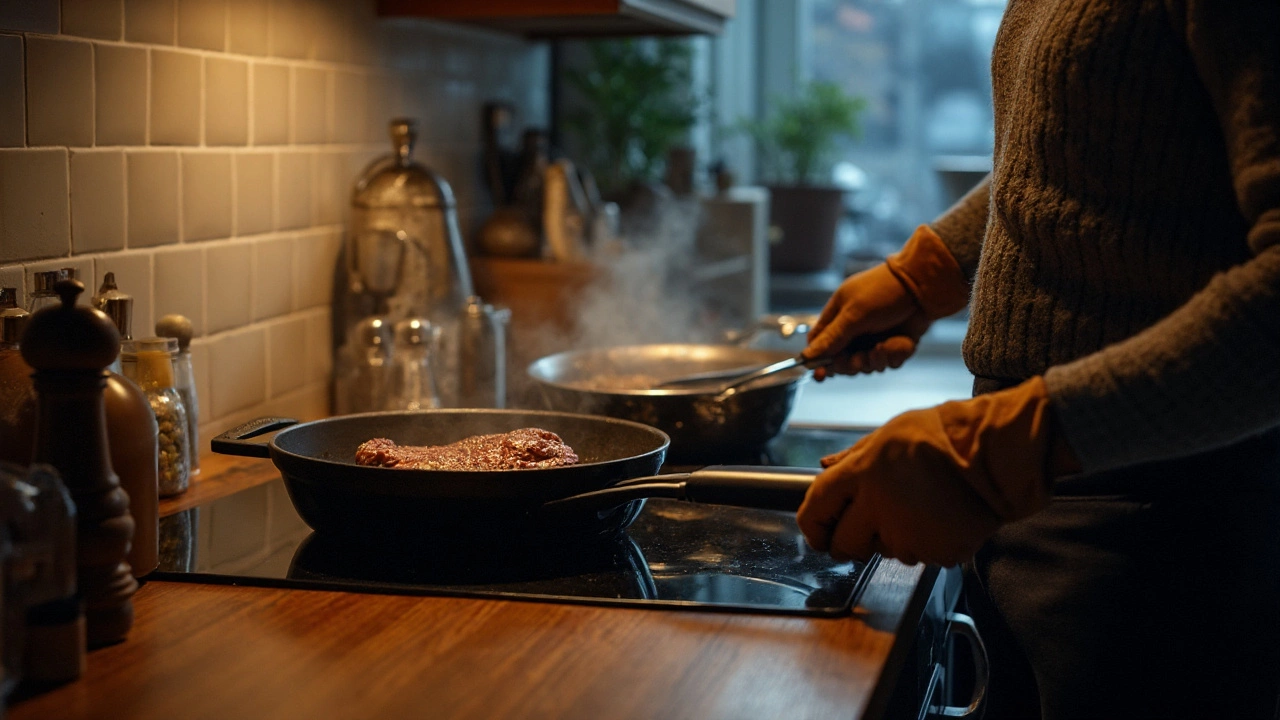Stainless Steel Cookware: What Makes It Worth Your Money
If you’re setting up a kitchen or upgrading your tools, stainless steel cookware often tops the list. It’s strong, looks good, and works with almost any cooking style. You don’t need a chemistry degree to understand why it’s popular – it conducts heat well, resists rust, and won’t react with acidic foods like tomatoes or wine.
Most home cooks start with a basic set – a saucepan, a sauté pan, and a stockpot. From there you can add specialty items such as a Dutch oven or a grill pan. The key is to choose pieces that feel balanced in your hand and have a thick base that spreads heat evenly.
Why Choose Stainless Steel Over Other Materials?
Compared with non‑stick or cast iron, stainless steel gives you more control. You can sear meat at high heat without worrying about a coating breaking down. When you need to deglaze, the browned bits lift off easily, adding flavor to sauces. Plus, stainless steel is dishwasher safe and won’t chip like ceramic.
Another perk is durability. A well‑made stainless pot can survive drops, scrapes, and years of use. Look for cookware labeled “18/10” – that means 18% chromium and 10% nickel, the blend that gives a bright finish and strong resistance to corrosion.
Keeping Your Stainless Steel Cookware in Top Shape
Cleaning stainless steel is straightforward, but a few habits keep it looking brand new. Right after cooking, let the pan cool a bit, then wash with warm, soapy water and a soft sponge. For stuck‑on food, fill the pan with water, add a splash of vinegar, and simmer for a few minutes – the residue will lift off without harsh scouring.
If you notice water spots, a little baking soda paste (baking soda mixed with a few drops of water) works wonders. Rub gently, rinse, and dry immediately to avoid streaks. Avoid steel wool unless the manufacturer says it’s safe; it can scratch the surface and reduce the pan’s shine.
Seasoning isn’t required, but a light rub of oil before the first heat‑up can help create a non‑stick layer for delicate foods like eggs. Just heat the pan, add a thin coat of oil, and wipe away excess – you’ll see the difference next time you cook.
When storing, nest pots inside each other with a cloth between them or use pan protectors. This prevents scratches from metal‑on‑metal contact and keeps handles from bending.
Finally, match your cookware to the right heat level. Stainless steel heats quickly, so start on medium and adjust as needed. Overheating can cause food to stick, but a properly pre‑heated pan will release food easily.
With these basics, you can pick the right stainless steel pieces, use them confidently, and keep them looking great for years. Whether you’re a beginner or a seasoned home chef, stainless steel cookware offers the reliability and performance you need without the fuss.
Cast iron or stainless steel? Clear, evidence-backed guide to pick the right pan for searing, sauces, eggs, and everyday cooking-plus care, safety, and buying tips.
Sep, 5 2025
